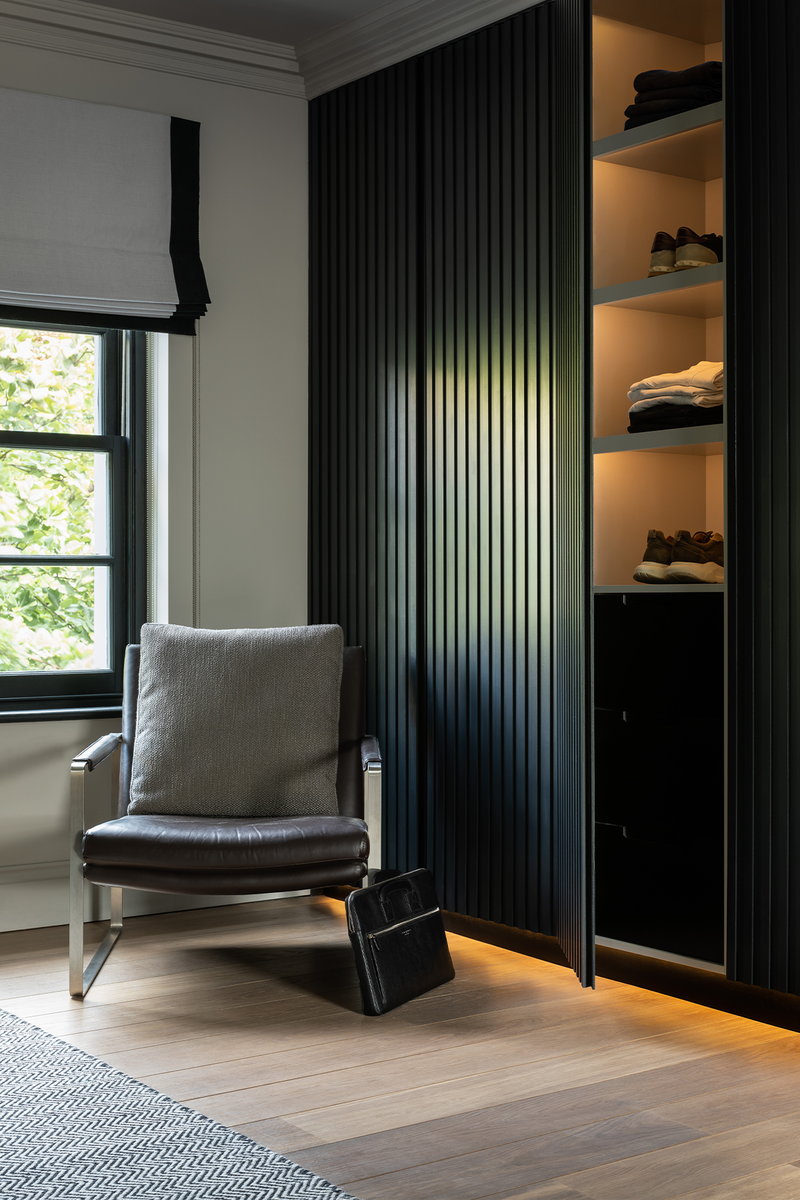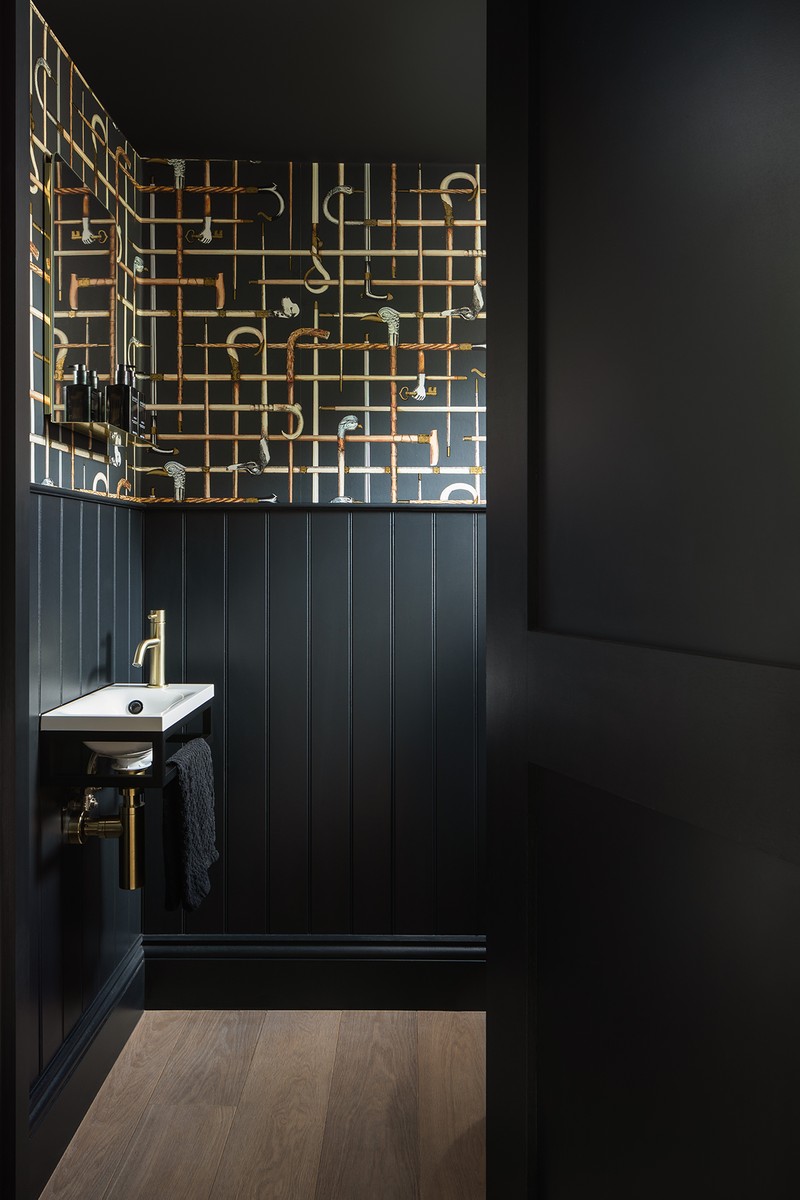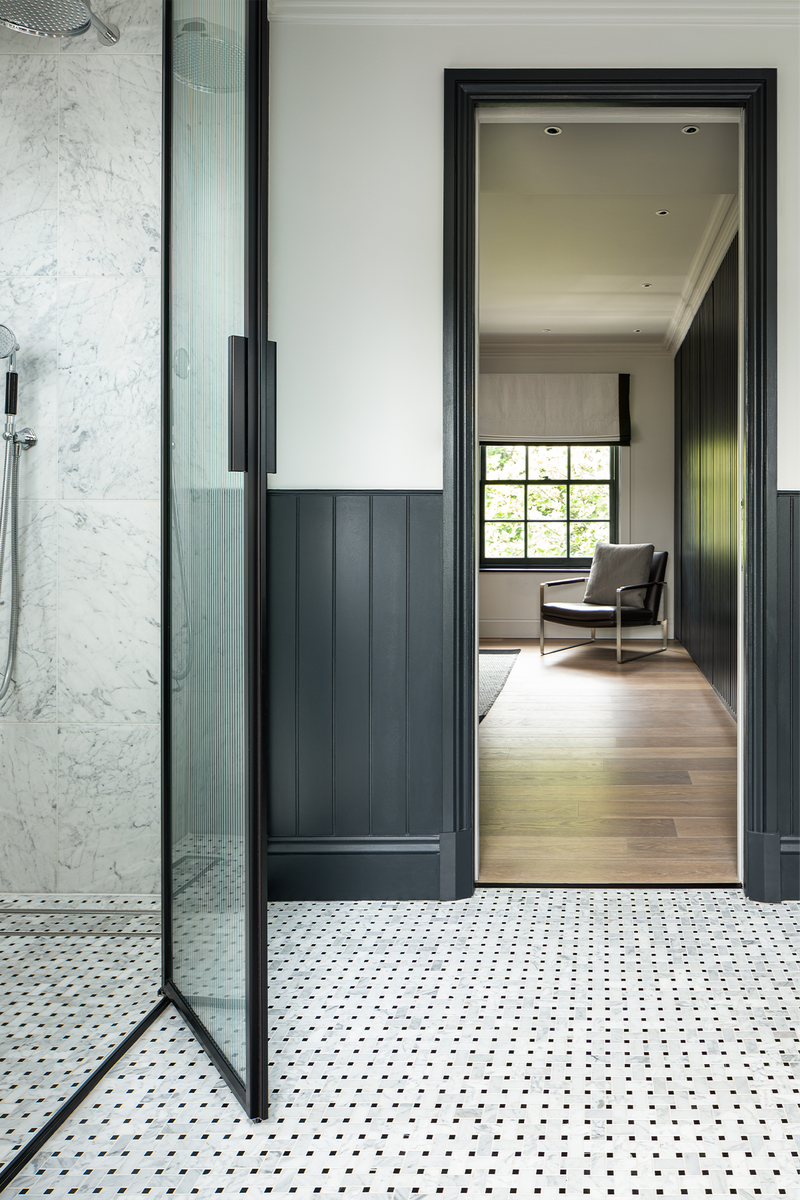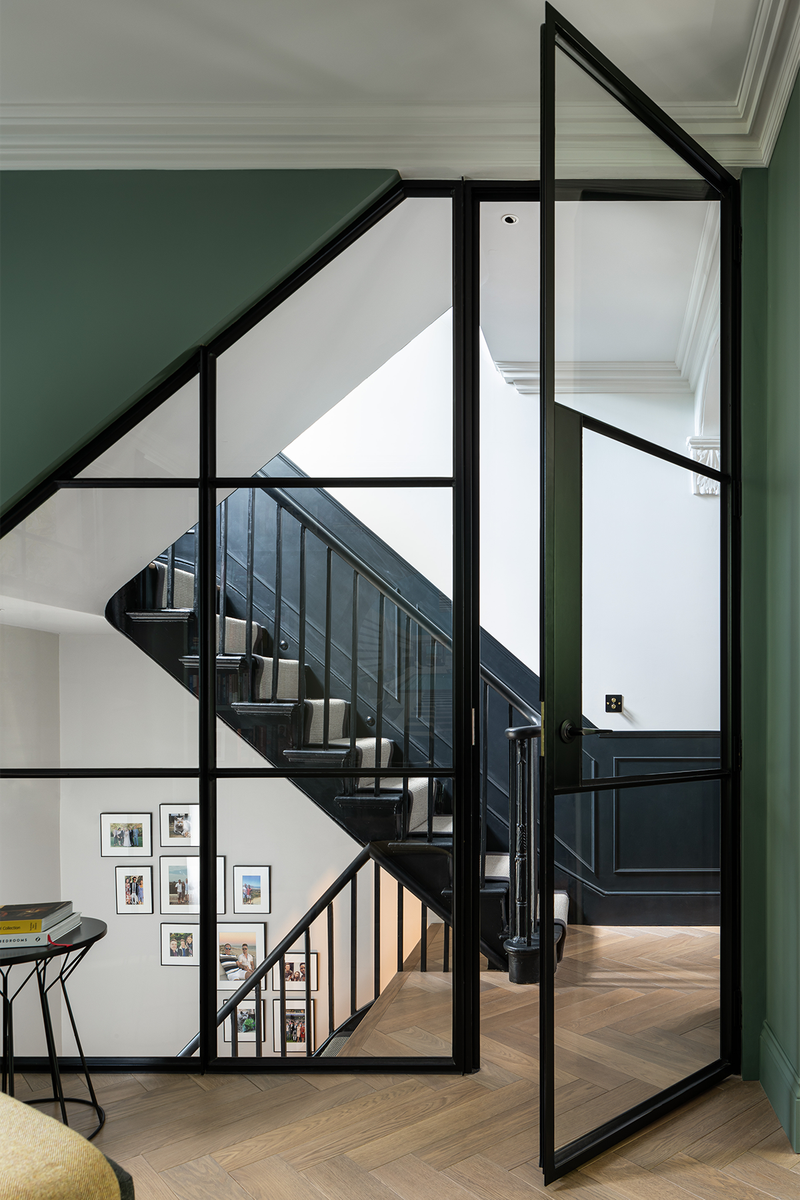9 Things To Consider Before You Start A Renovation
FLOORING
Decisions about flooring go hand in hand with decisions about the use of the space you are planning to create. If it is a communal area like a hallway, kitchen or bathroom, it is likely to be walked on and potentially damaged by multiple occupants. These areas also attract moisture, so clients tend to look for hardier materials. Most engineered timber flooring is reasonably durable these days. You just need to treat them with care – that means regular cleaning to stop any stains or dirt sitting on the timber for long periods of time. Also bear in mind, pet claws can easily take the top layer and finish of a timber floor away.
Tiles work well in hallways and bathrooms as they are durable and easily cleaned. Just think about the grout lines between individual tiles, which can stain and pick up dirt or moisture easily. We try to reduce the grout line thickness in hallways where dirty shoes are present, source larger-format tiles, or use a darker grout. Bathrooms are cleaner areas by nature, so standard grout lines are fine, though we would still recommend avoiding mosaic tiles (particular on the floors) to save on cleaning.
In entrance hallways, carpets will get damaged much faster than a more solid, less absorbent material. On upper-floor landings, where shoes are not generally worn, durable finishes such as sisal work well. Bear in mind, if underfloor heating is used (see below), the underlay and the carpet itself will need to let the heat through.
Poured concrete is more expensive than the options above, but it has been popular for years now. It’s very practical for large, open-plan floorplates – for example, where kitchen, living and dining areas are all in one space. Just be aware, we’ve seen and heard many horror stories where the concrete has lacked elasticity and cracked within months of installation. This has often been where underfloor heating is present – the temperatures changes can cause the concrete to expand, contract and crack. Expansion joints and concrete with an elastic supplement can help prevent this, or you could use a micro-cement such as Forcrete that gives the look of concrete with less risk of cracking.
ROOFING
As well as making decisions about the roof itself – if planning authorities allow, we like zinc for an impenetrable, low-maintenance finish on a sloping roof and GRP fibreglass on a flat roof – there are a couple of other things it pays to think about early.
You have options with roof insulation, but you get what you pay for – and in the long term, lower energy bills may offset the extra upfront costs of more expensive types. With recent news stories showing how flammable it can be, we avoid spray-foam insulation at all costs. We tend to use foil-backed rigid insulation boards such as Kingspan ThermaRoof. They reflect heat from both sides, keeping external heat out and internal heat in. They are durable and lightweight, so they are easier to install too.
Ideally, roof lights are also installed during the initial construction of the roof, and this is easily implemented. If you are overhauling an older roof, we recommend speaking to a local structural engineer to determine the condition of your existing roof joists and go from there.
LIGHTING
It can be tempting to look at a floorplan and design a grid of spotlights to suit the shape of the room, but this creates a flat, undesirable space. Layered lighting is key, as is getting this planned out before the builders move in. Layered lighting is a mixture of task lighting aimed at vertical walls rather than empty floor space to highlight joinery, kitchen cupboards, artwork and so on.
Pendant lighting can be pinpointed above coffee tables, dining tables or kitchen islands, but it’s useful to predict if tables are going to stay in their fixed locations or move around, which will require added flexibility in the lighting. Table lamps, floor lamps and decorative wall lights can accentuate a room further and add a cosy feel. For a more contemporary home, we tend to design in LED stair lighting for a feature stair, integrated LEDs within built-in joinery, and even up-lighters in the floor. All different types of lighting are then planned on separate dimmers throughout the home.
JOINERY
Built-in joinery goes into our floorplans at the planning application stage. This is because storage is so important to clients. The amount of solid wall space versus glazing in a new extension is usually determined by what the client would like to keep hidden within full-height joinery. And if we are working on new internal layouts, the size of a new bedroom, kitchen or living room and the placement of partition walls is also considered according to what joinery would suit that space. A long span of empty wall space can be better filled with low-level bar cabinetry, bookcase shelving or even a hidden home office. Once the joinery is considered, then you can start thinking about stud wall placements and if they can be replaced with internal glazed doors or even internal win
UNDERFLOOR HEATING
Underfloor heating offers multiple benefits. It can be scheduled remotely via an app. It can be zoned into separate rooms. It’s also compatible with nearly all tiles, timber and concrete flooring options. It can, however, be expensive as it tends to involve a builder ripping out your existing floor and adding a layer of ‘sub-floor’ or ‘matting’ followed by screed on top of that. Consider, though: if your existing radiators are old fashioned or at the end of their shelf life, buying new ones that don’t look cheap (e.g. cast-iron ones) can be just as costly. Underfloor heating takes away that design decision and leaves your home clear of radiators. Or, if it’s the solution for your ground floor or basement only, radiators can still be retained on upper levels.
AIR CONDITIONING
Given the potential for warm nights in summer and difficulties with sleeping, bedrooms tend to be where we find clients want AC the most. Attic bedrooms, in particular, become one of the hottest rooms in the house during summer, as heat from the rest of the house rises and dark-coloured roofs can attract and absorb heat (if not properly insulated).
There are several options for how you can install/display/conceal AC units within the house. Floor-mounted units sit tight against a wall and simply pump cool air out, almost like a radiator. They tend to be visible and unsightly. Similar units can also be wall hung at a higher level – most commonly above doorways so as not to take space from artwork etc. To conceal the units better, we tend to hide them in the top sections of joinery (such as wardrobes) with a fixed plinth detail above the cupboard doors. Grilles in the joinery allow sufficient airflow into the room. The final option would be to conceal the unit within a ceiling or use a ducted system. These are more often seen in commercial projects – you might have noticed thin, slot vents on ceilings in hotel rooms and offices. This is a more costly solution, given the sleek design and the tendency for appliances to be more remote, requiring more ductwork throughout the property.
Internal units have to be connected to an external condensing unit, which makes it challenging to add AC units later – it can be difficult to connect the two without opening up walls and floors. The external unit(s) can also get quite big if there are multiple internal units. In London, particularly in Conservation Areas, Noise Impact Assessment reports must be submitted alongside planning drawings when proposing to install an AC unit. And there’s no doubt, they’re an expensive addition – we tend to project £3-4k per internal unit (including external unit). As an alternative, there are a few products now (look at Urban Cooling) which are wall hung and do not require an external condensing unit for operation.
BATHROOM DESIGN
Beyond the essentials – shower and/or bath, single sink versus double – there are several important design elements to consider early on. Dimly lit niches and alcoves built within stud walls are a feature we always account for at planning stage. Go for hidden storage wherever possible, such as behind mirrored cabinetry, as well as hidden extractor fans, and plan for LED lighting within a recess or set back within the ceiling.
DOORS
Would a small room benefit from a pocket door rather than a hinged door? Or do you plan on a nib within a wall, where your hinged door can tuck in when fully open? Pocket doors need to be housed in a slightly thicker wall, which is why they should be planned out early. Even if they require the construction of a new wall, this isn’t expensive compared to the benefit a pocket door can bring to a space.
CORNICING & SKIRTING
Both skirting and cornicing should be proportionate to the space. Standard-height skirtings tend to be around 15-18cm, but for rooms with high ceilings (anything above 2.7m) we tend to install skirting up to 25cm from the finished floor level to help even out the proportions of the room. The same principal can be applied to cornicing: if your room is taller, allow it to extend down the walls.
To see everything our experts can do, check out MalinAndLynn.com
DISCLAIMER: We endeavour to always credit the correct original source of every image we use. If you think a credit may be incorrect, please contact us at [email protected].
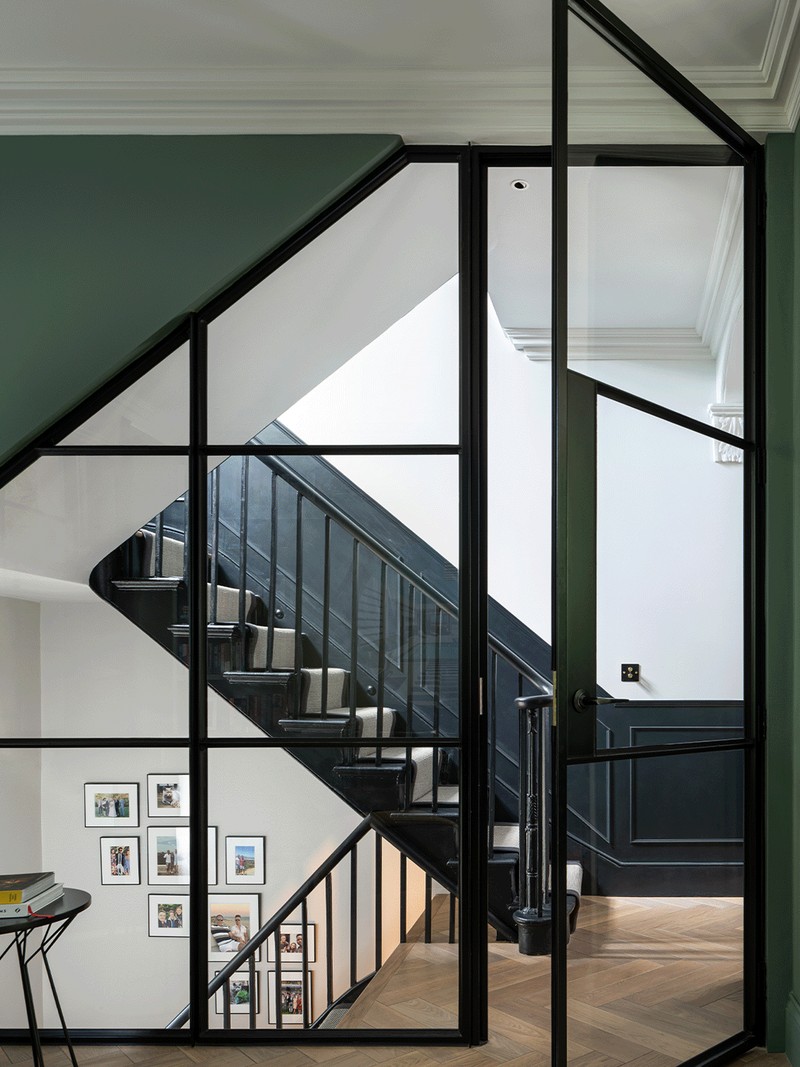

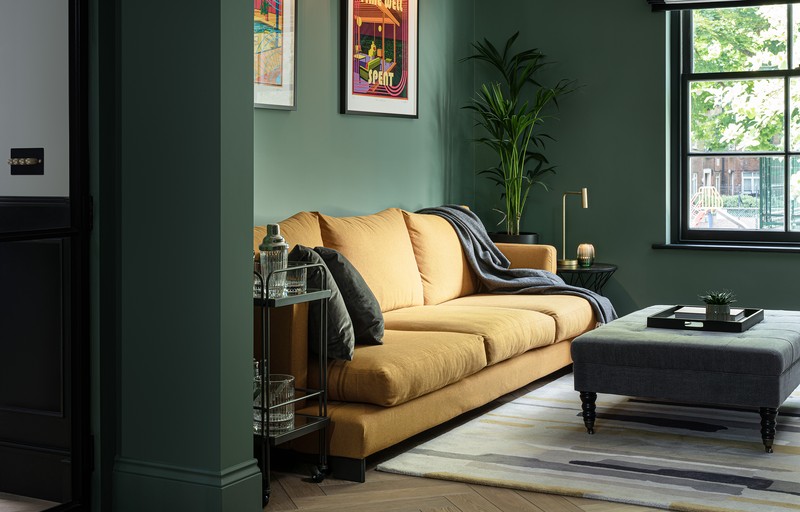
/https%3A%2F%2Fslman.com%2Fsites%2Fslman%2Ffiles%2Farticles%2F2024%2F05%2F9-things-to-consider-before-you-start-a-renovation-8.png?itok=z50tpdFE)
/https%3A%2F%2Fslman.com%2Fsites%2Fslman%2Ffiles%2Farticles%2F2024%2F05%2F9-things-to-consider-before-you-start-a-renovation-12.png?itok=-w8BnNG4)
